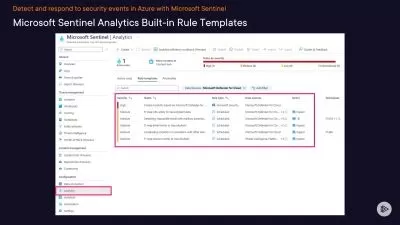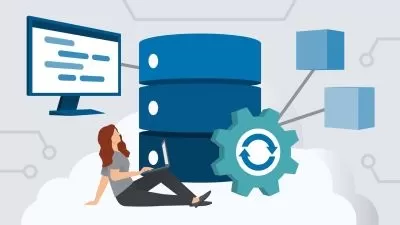Microsoft Azure Developer: Aligning Functional and Non-functional Requirements
Sahil Malik
1:45:09
Description
Gaining an understanding of Functional and Non-functional is foundational in creating applications. This course will define and discuss Functional and Non-functional requirements through in-depth scenarios, analogies, and visuals.
What You'll Learn?
One specific activity within the software development process is dealing with functional and Non-functional requirements and using these ideas to help design better applications. In this course, Microsoft Azure Developer: Aligning Functional and Non-functional Requirements, you will learn the clear definition of these terms, functional and nonfunctional requirements, where they differ and where they overlap, and to see what we should look for in an initial project specification. First, you will take ideas like reliability, scalability, and responsiveness into specific measurable targets that can be tested and verified. Next, you will break apart larger business goals into achievable chunks of work and estimate the level of effort involved and revise any requirements that aren't written well. Finally, you will explore how to several ways to apply these ideas when creating cloud based applications in Microsoft Azure. When you’re finished with this course, you will have the skills and knowledge of aligning all requirements needed to set up scalable and responsive applications.
More details
User Reviews
Rating
Sahil Malik
Instructor's Courses
Pluralsight
View courses Pluralsight- language english
- Training sessions 28
- duration 1:45:09
- level preliminary
- English subtitles has
- Release Date 2023/10/14










